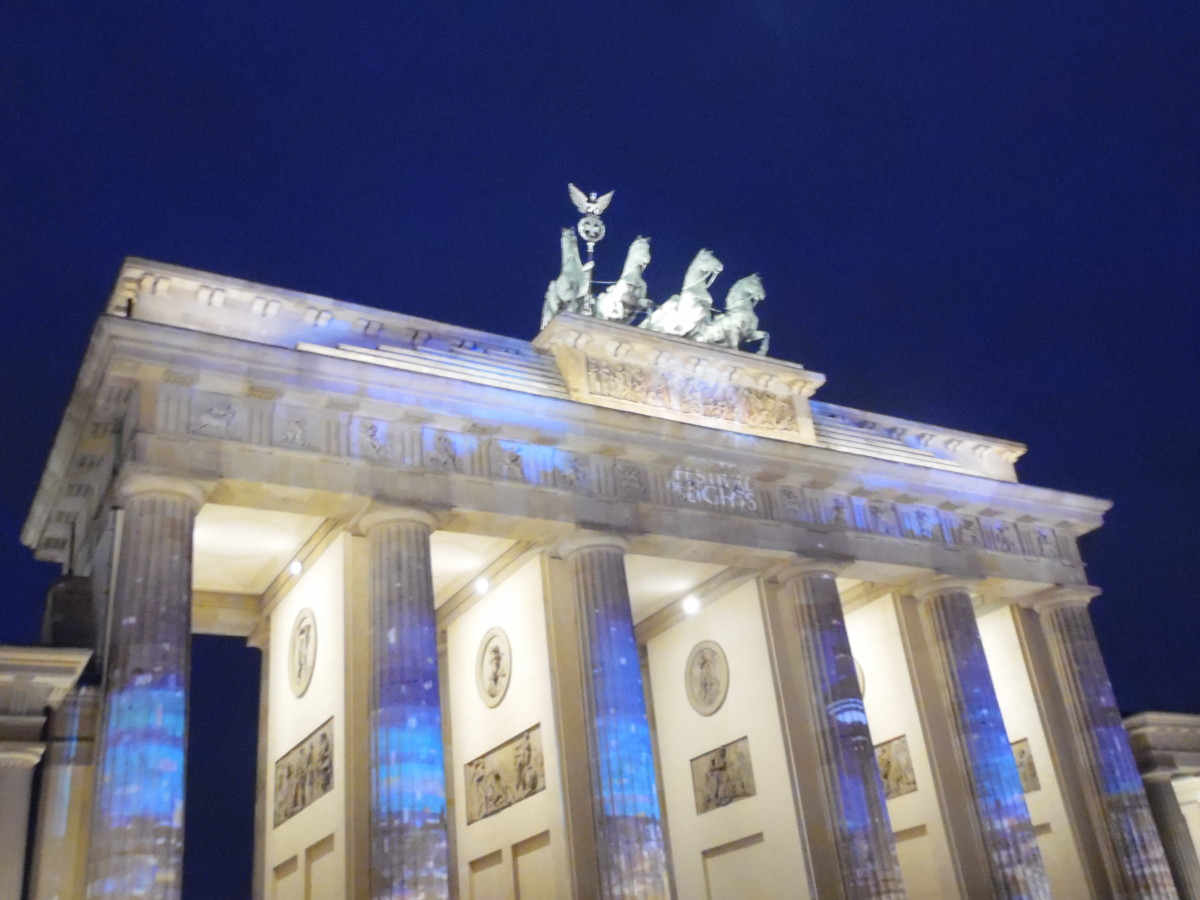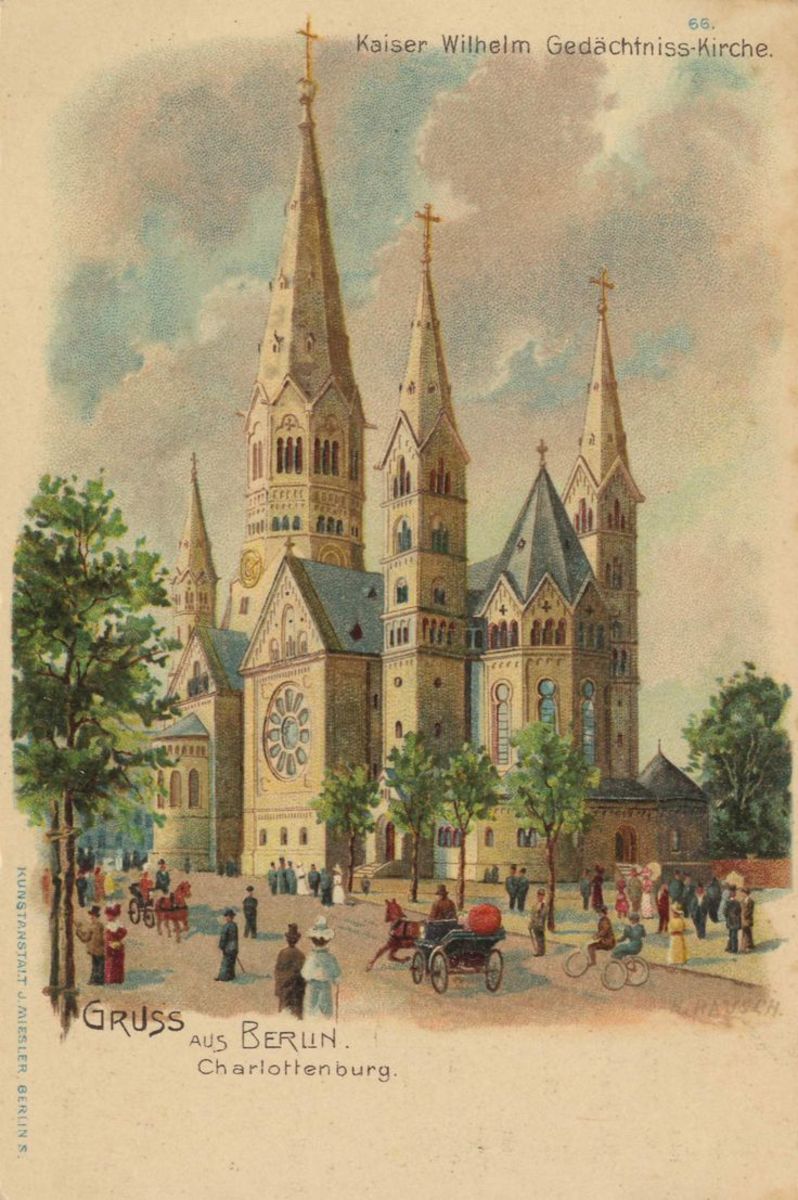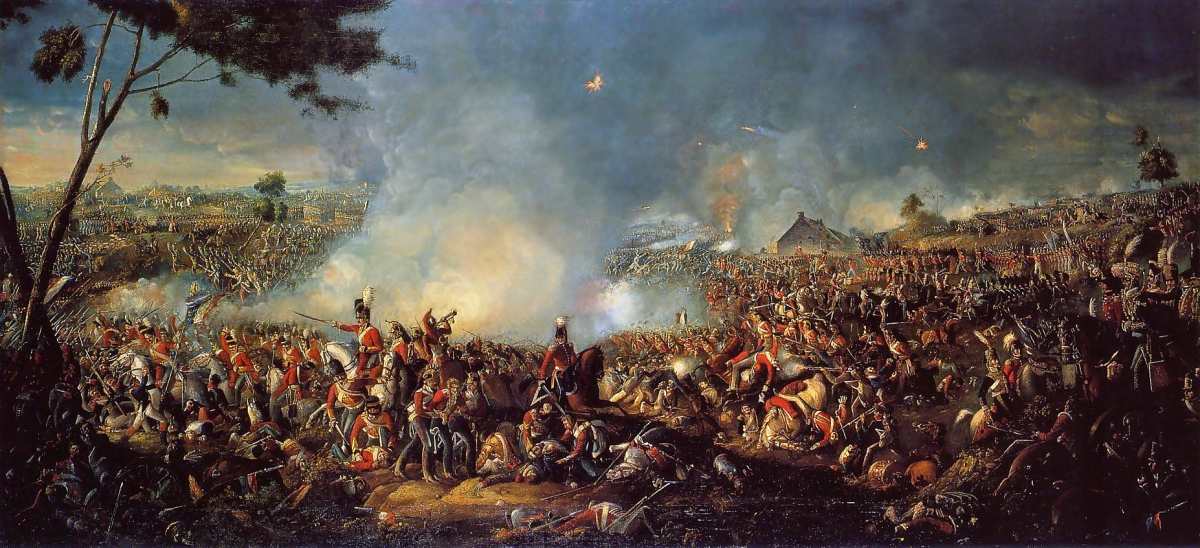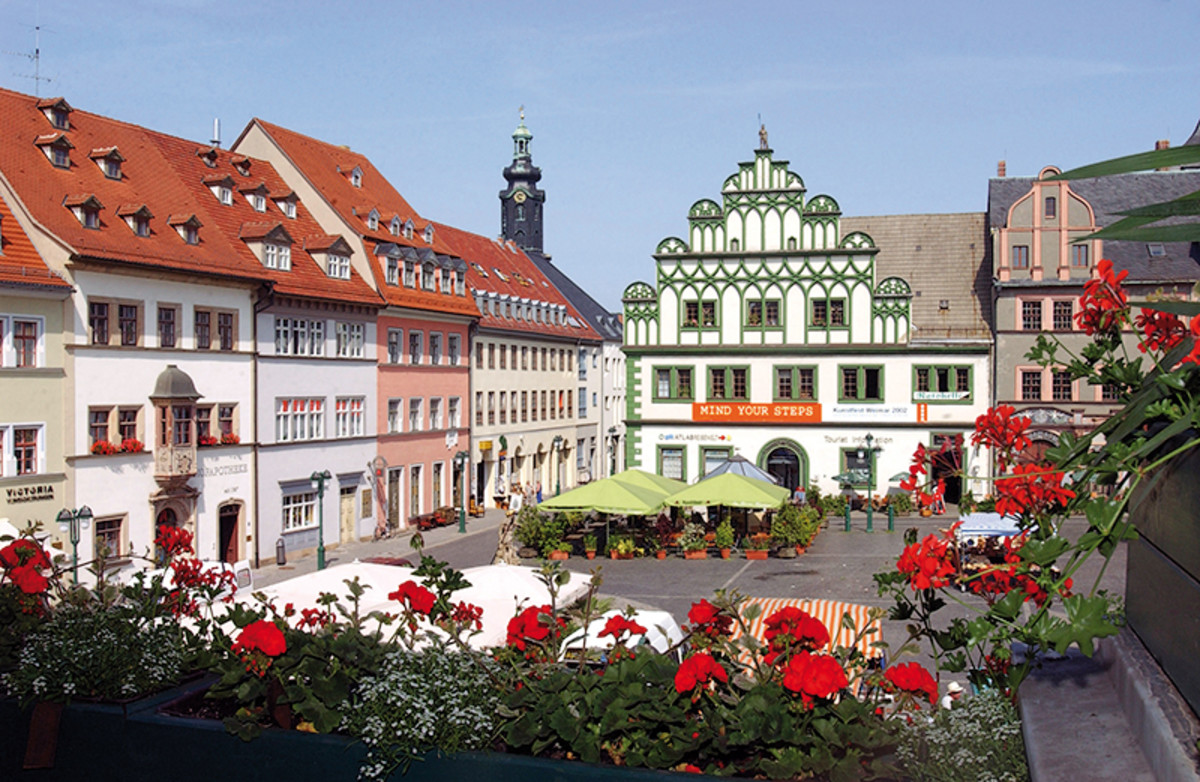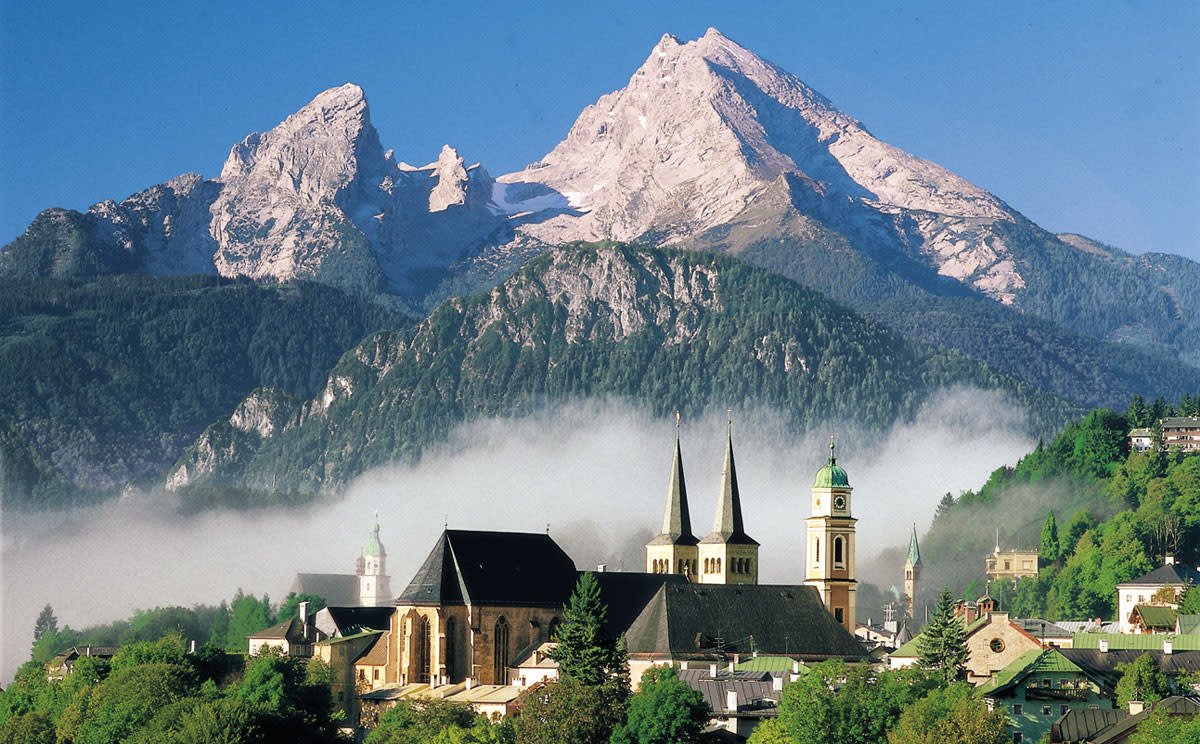Visiting 17 June Street and the Victory Column, Berlin, Germany: the nuanced nature of commemoration





Dybbøl almost forgotten because of other, subsequent events
Designed by Heinrich Strack (1805-1880), this imposing 68.9 metre structure in 17 June Street (German: Strasse des 17. Juni) in the Tiergarten, Berlin, Germany, was originally supposed to have been built to commemorate Prussia's victory over Denmark at Dybbøl in 1864. (I forget who it was who wrote the line: 'Far off events, and battles long ago'. The words come to mind, in any case, because in German history rather a lot has happened since then.) After the Prussian victory in the Franco-Prussian War in 1870-71 (and a previous, Prussian victory over Austria in 1866), it was deemed opportune to place a 8.3 metre, 35 tonne allegorical statue named Victoria on top of the Victory Column (German: Siegessäule), as it is called. This statue was the work of Friedrich Drake (1806-1882).
In 1940, Hitler's régime amended the Column, with reference to German victory over France in 1940. This reference was by way of an extra, commemorative ring around the Column.
The Column was still causing controversy after the end of World War Two.
Indeed, in 1945, when French forces joined American, British and Soviet counterparts in occupying Berlin, the French forces wanted to blow up the Victory Column.
So why was this? Does the French government really specialize in cultural vandalism? (If so, I hadn't noticed before.) Or were French leaders in 1945 so keen to correct what they might have seen as a historical wrong between Denmark and Prussia in the 19th century that they wanted to take this extreme measure?
Actually, no. The reason for French sensibilities having been offended in 1945 was because to Prussia's Danish episode, the original reason for the 'victory' commemoration in the 19th century, was added victory over France during the Franco-Prussian War. And for French occupying forces in 1945, one supposes that the historical memory of the Fall of France in 1940 was still painful. (In 1987 the French government decided that it was all right for the Column to take on its previous appearance, after all.)
So, think instead of this sandstone Victory Column, with a granite base, as 'work in progress'; a kind of cultural project, where politicians, militarists and civic officials have all added — and taken away — their bits and pieces as they hauled their respective sacks of rocks through 19th and 20th century German history.
The talking hasn't stopped, however. In 2008, prospective US Presidential candidate Barack Obama made a speech at the Victory Column, and some people said that the venue was unsuitable because the site is linked with the idea of German victories (rather than mainly the 1864 events at Dybbøl ) and so someone might supposedly think that the President agreed with some of Germany's past victories which are regarded in unfavourable light. Others thought that such talk was a lot of nonsense. (And so it goes...)
Danish tourists would be among the relatively few visitors in Berlin with some significant knowledge of the background to the events which the Column originally commemorated. Interestingly, since 1864, the German-Danish border has been moved a number of times (1).
Even the name of the street in which the Column is found carries a certain ambiguity (2). 17 June Street refers to the date in 1953 when citizens of East Berlin rose in revolt against the Communist authorities in that sector of the city. The Western Powers and the municipality in West Berlin were purported to be supporters of these actions, and later used commemoration of the 17 June date extensively in propaganda. But the term 'support' here needs to be defined closely: loud claims of 'support' did not mean 'assistance'. By 1953, the Soviet Union had the Atomic Bomb and few Western politicians were likely to risk starting World War Three in relation to disaffection with the authorities on the part of citizens in the Soviet sector of Berlin. Something rather similar occurred in 1956, when Hungarians were urged by Westerners to rise in revolt against the Communist régime in their country, and in 1990, when Iraqis were urged to do the same against Saddam Hussein's government after the First Gulf War: tellingly, no material and military help was supplied. (So is it sometimes too awkward to look at history?)
August 29, 2012
Notes
(1) Near a windmill in Dybbøl, Denmark there is extensive commemoration of a decisive battle in 1864, when Prussia 'resolved' the Schleswig-Holstein Question by force of arms. It would be fair to say that more Danes remember the Danish defeat at Dybbøl than there are Germans who think about the Prussian victory there. In any case, with repeated, subsequent border changes, and the intervention of two World Wars and the Cold War, German-Danish relations have long been regarded as exemplary and peaceful. Relief scenes by Alexander Calandrelli (1834-1903) at the base of the Column depicting Prussian successes at Dybbøl — and other scenes also by different artists — have been rather eclipsed by a lot of history that has happened since then.
(2) Originally the Column was situated nearer the Reichstag Building.
Also worth seeing
In Berlin itself, a few of the many visitor attractions include: the Brandenburg Gate; the Reichstag building; the Fernsehturm (TV Tower); Charlottenburg Palace (German: Schloss Charlottenburg ); Berlin Cathedral (German: Berliner Dom ) and many others.
...
How to get there: United Airlines flies from New York Newark to Berlin Tegel Airport (Flughafen Berlin-Tegel ), where car rental is available. Please check with the airline or your travel agent for up to date information. Please refer to appropriate consular sources for any special border crossing arrangements which may apply to citizens of certain nationalities.
MJFenn is an independent travel writer based in Ontario, Canada.
Other of my hubpages may also be of interest
- Visiting the Brandenburg Gate, Berlin, Germany, and the Pariser Platz: open gates, and open question
- Visiting the Soviet War Memorial in the Tiergarten, Berlin, Germany: complex memories
- Visiting the Reichstag, Berlin: the history of Germany, past and future
- Visiting Cologne, Germany and its Cathedral: seemingly remembering Dr. Konrad Adenauer everywhere
- Visiting the Main Harbour Canal and the German Church, Gothenburg, Sweden: a gracious setting



